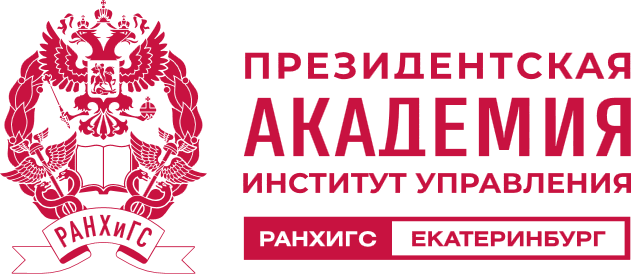Submissions
Copyright Notice
Copyright
The editors consider for publication only original materials that are not under consideration in other publications. We remind all authors that the editors conduct a preliminary check of manuscripts for plagiarism, in case of detection of which the author will be denied publication. The copyright for published texts belongs to the authors. The publisher has the right to use any means of communication to distribute printed materials, translate texts and transfer the rights to republish (conclude sublicense agreements). Publication of the text in another publication in whole or in part is possible provided that all republishes contain a mention or link to the original publication in the journal "Management Issues" indicating the DOI. If it is discovered that the author has already published his work in another publication, the editors will carry out the retraction procedure of the article. Authors are required to conclude an author's agreement with the journal.
Author’s Agreement(334.01 Kb)
Authorship Criteria
By submitting the article for review to the journal, the authors confirm their authorship. When a manuscript is written by a group of authors, one of them handles the manuscript submission process, acknowledging all co-authors. Each co-author must have participated sufficiently in the study to be listed as a co-author.
In accordance with CRediT authorship is based on significant intellectual contribution at any of the following stages of research:
• conceptualization;
• methodology;
• software;
• validation;
• formal analysis;
• investigation;
• resources;
• data curation;
• writing – original draft;
• writing – review & editing;
• visualization;
• supervision;
• project administration;
• funding acquisition.
Contributors who do not meet the criteria for authorship, including specific intellectual contribution, preparation and critical revision of the manuscript, approval of the final version of the manuscript, and agreement to be accountable for the work as a whole, cannot be listed as authors. Their contributions should be acknowledged in the “Acknowledgments / Remerciements” section of the article.
The authors retain copyright and grant the journal the right to first publication; further distribution of the publication is carried out with an indication of authorship and a link to the original publication in the “Management Issues” Journal.
Privacy Statement
The names and email addresses entered in this journal site will be used exclusively for the stated purposes of this journal and will not be made available for any other purpose or to any other party.









